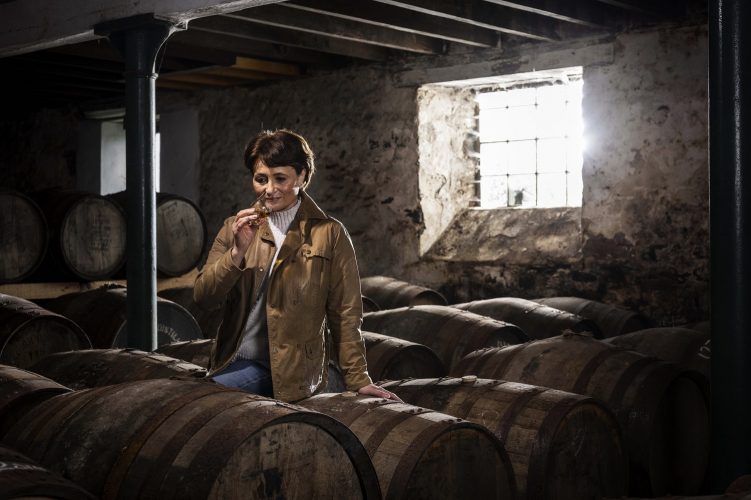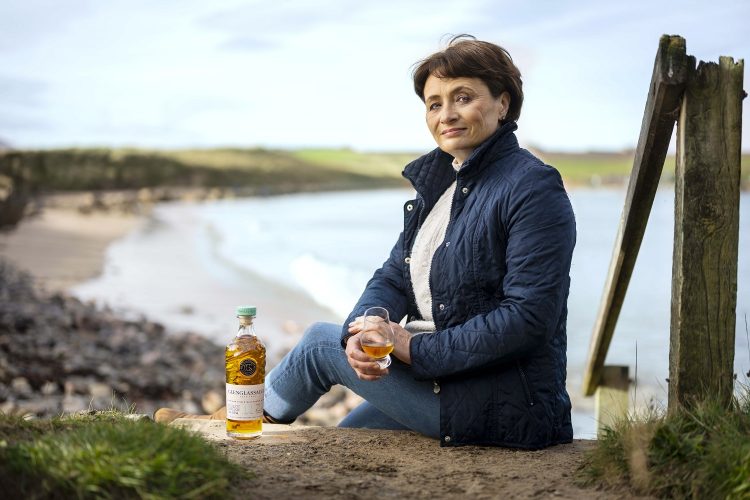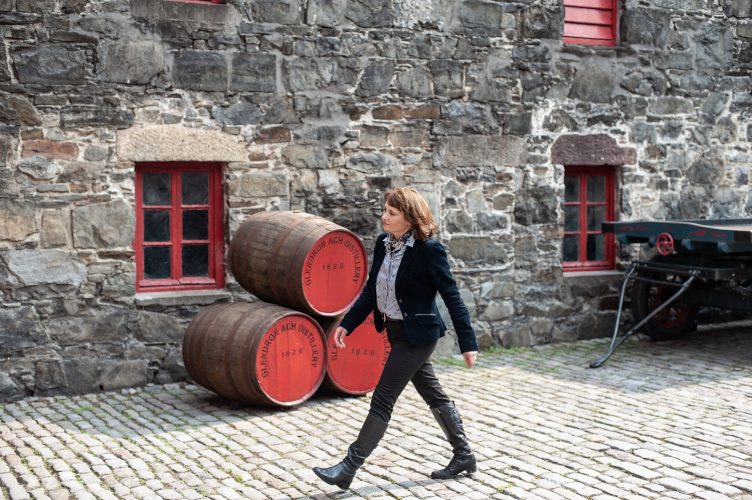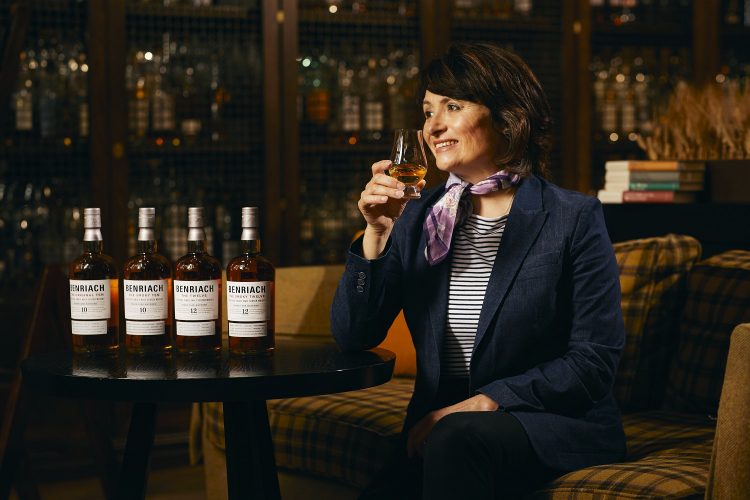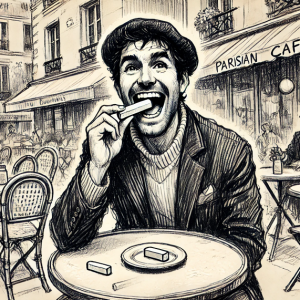Rachel Barrie — after 150,000 casks, whisky still manages to surprise her
Γιαννης Κοροβεσης•Articles
*AI translation — original article in Greek
The “First Lady of Scotch Whisky” speaks exclusively to Bitterbooze.com about blending as an art form, intuition in creation, mentoring the next generation — and the importance of living (and sipping) in the moment.
It’s not easy —in fact, it’s nearly impossible— to talk about the contemporary Scotch whisky industry without mentioning Rachel Barrie. With more than thirty years of experience and a truly unique standing among the greatest whisky makers — as the first woman Master Blender ever inducted into the prestigious Whisky Magazine Hall of Fame — Barrie has left her mark on some of Scotland’s most iconic distilleries: GlenDronach, BenRiach, Glenglassaugh, Glenmorangie, Bowmore, and Ardbeg.
Back in 2019, my colleague Yiannis Aikaterinidis wrote a piece on Rachel Barrie for Bitterbooze.com. Now, following a recent trip to Scotland, her continued influence in the whisky world, and the launch of Glenglassaugh’s new range, I reached out to her with a series of questions. She answered with her trademark clarity and passion. What followed was —I believe— a truly meaningful conversation about art and science, innovation and tradition, and the deeply human element behind every great whisky. Through her answers, it became clear that Barrie is not only a remarkable professional but a deeply thoughtful and cultivated individual — something reflected in every drop of what she creates.
Rachel Barrie on her work philosophy
Naturally, our conversation began at the very start of her journey. Barrie recalls her early years as a researcher at the Scotch Whisky Research Institute, working under the guidance of the late Dr. Jim Swan, right after earning her degree in chemistry from the University of Edinburgh. Those first years laid the groundwork for her future career, as she combined rigorous scientific knowledge with the development of a sharp sensory intuition.
As she put it: “Science is the idea is the discipline. Being disciplined to learn the theory provides the depth to understand the science, which is the basis to build and express an idea. Through exploration comes fresh ideas and once you know the theory, creating a composition becomes so much easier, as intuition and imagination take hold, and before you know it, you are well on your way to creating a masterpiece.”
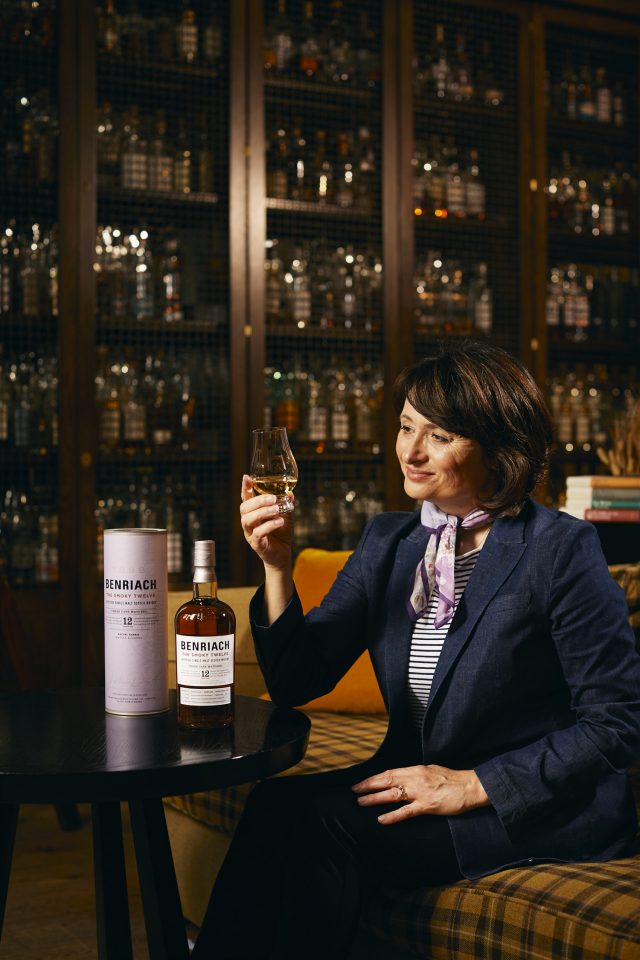
Although Rachel Barrie oversees three very different distilleries — GlenDronach, BenRiach, and Glenglassaugh — she approaches each one with a distinct blending philosophy that’s fully aligned with its individual character and heritage.
For GlenDronach, her goal is to express the balance between the distillery’s bold Highland personality and the influence of sherry cask maturation. This daring “marriage” defines GlenDronach’s identity — and Barrie brings it to life through her deep commitment to the art of sherry ageing. She works primarily with a combination of Oloroso and Pedro Ximénez casks to craft what she calls a “sherry crescendo” on the palate — a symphony of depth, power, and elegance.
BenRiach, by contrast, is her playground for creativity — a Speyside malt that allows her to experiment with different distillation styles and more unconventional cask combinations. She describes it as a “triathlon” of distillation: traditional, peated, and triple-distilled spirit, all coming together to form what she refers to as “flavour acrobatics” — a balancing act of smooth, silky complexity.
Then there’s Glenglassaugh, which she affectionately calls the “coastal jewel” of the portfolio. The new 2023 range culminated in Sandend — a single malt matured in bourbon and Manzanilla sherry casks from Andalusia — which went on to be named World Whisky of the Year by Whisky Advocate.
What still inspires her
I couldn’t help but ask: after sampling more than 150,000 casks —as the story goes— and conducting countless tastings, is there anything that still surprises her? She smiled and revealed that she still noses over a hundred samples a day (!). To keep her senses sharp, she practices what she calls a kind of “sensory mindfulness” — a deliberate attentiveness to her surroundings that, she admits, has become deeply rewarding.
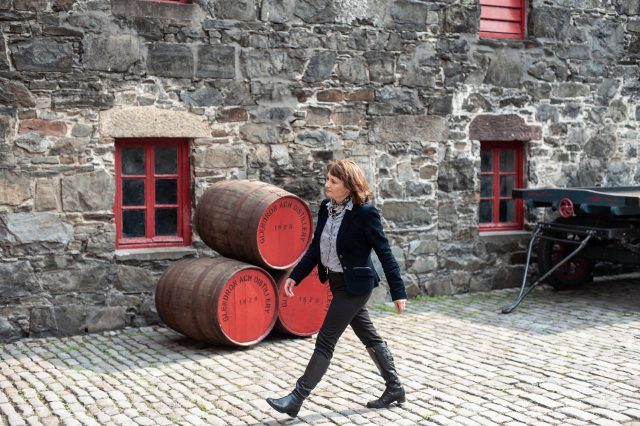
She quite literally stops to smell the roses. To feel the breeze, to notice the aromas in the natural world, and even the ingredients she cooks with. It’s a daily practice of grounding herself in the present moment, connecting with her surroundings — whether it’s the salty sea air, the damp stillness of a dunnage warehouse, or the earthy scent of a forest floor. As she puts it, “Glenglassaugh awakens your senses.” And for her, sensory exploration is an endless journey of discovery.
Even now, there are still aromas and flavors in single malt whisky that manage to surprise her. Glenglassaugh, she adds, remains the most unexpected of all — a whisky bold enough to balance tropical fruits, salted caramel, and fermented soy sauce. It’s a distinctive harmony of sweetness, acidity, and umami that she has yet to encounter in any other single malt.
Creative freedom and the elusive recipe for greatness
I asked Rachel Barrie — a master of her craft — just how much freedom she actually has when working with such historically significant brands. She answered candidly: she holds each distillery’s identity in the highest regard, but her role is also to evolve that identity. At GlenDronach, for instance, every innovation must answer one key question: “Does it raise the bar?” If the answer is yes, she moves forward. With Glenglassaugh, however, she feels much more free to explore new directions, constantly deepening the fruity and coastal dimensions of its profile.
So is there, I wondered, a “perfect formula” for creating a truly great whisky? Does it come down to sheer hard work, raw talent, luck — or some alchemy of teamwork and creative discipline? Barrie explained that for every new expression, she always begins with the vision. She imagines the whisky before she builds it. That vision is shaped by many variables, and at the beginning there are far more questions than answers. There are trials, and errors — lots of them.
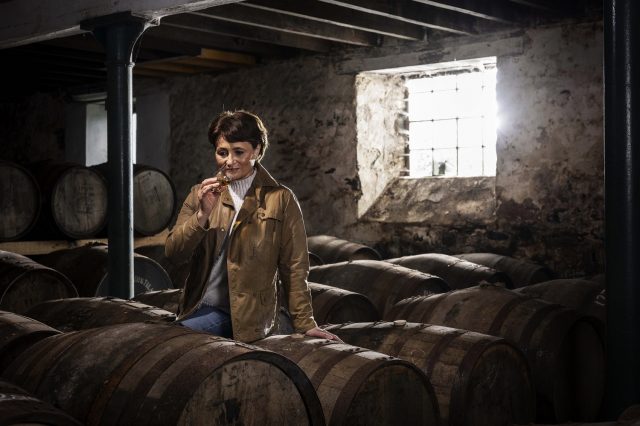
“There’s no single formula for a great whisky. I believe it’s a synchronicity of many things — whether it’s the journey of exploration and experimentation until that moment when you just know you’ve found it, or a perfect combination of unexpected encounters or even creative clashes. Sometimes it comes from sheer dedication in pursuit of a specific flavor profile — whether that’s the deeply sherried richness of GlenDronach or the vibrant fruit-forward character of BenRiach.”
Rachel Barrie on women in whisky
It was only natural that our conversation would eventually turn to the subject of women in the Scotch whisky industry. Barrie is often referred to as the “First Lady of Scotch Whisky” — and rightly so, as she was the first woman ever inducted into the Whisky Magazine Hall of Fame, back in 2018. She says she feels deeply honored by the title, but she’s also quick to point out that it took far too long for any woman to receive that kind of recognition.
She remains committed to supporting women in the industry, believing that the more diverse the whisky world becomes, the more vibrant and dynamic it gets. After all, the consumer base has evolved — it’s broader, more inclusive — and the industry simply has to follow.
Over her 33-year career, she has witnessed major changes firsthand: more and more women entering the field and bringing new perspectives — as engineers, environmental scientists, distillers, economists, and marketers. Positions that were once male-dominated are now open to everyone, and the result, she believes, is a more progressive and inclusive industry culture.
Mentoring the next generation
Mentorship, for Barrie, is just as important as whisky creation. She doesn’t just lead as a Master Blender — she guides as a mentor. She spoke warmly about her colleague Kirsten Ainslie, who began as her assistant and has since grown into a skilled blending specialist. Barrie considers passing on knowledge to the next generation as essential as crafting great whisky.
As she said with a wink and a touch of philosophical humor: “After two generations, nobody remembers anyone.”
If she’s to leave anything behind, she hopes it will be the work of her team — and the people she’s inspired and empowered along the way. And if retirement ever comes — which she doesn’t see happening anytime soon — perhaps Kirsten herself will be her greatest legacy.
Breaking with tradition
When asked whether she could recall a moment when she truly disrupted the norm, Barrie returned to BenRiach — a distillery founded in 1898, but with limitless potential for experimentation. There, she plays with a “trilogy” of distillation styles — classic, peated, and triple-distilled — and stretches the boundaries of cask character.
BenRiach’s Smoky Ten may be the best example of this flavour-balancing philosophy: a single malt that weaves together fruitiness, spice, and smoke in a seamless, acrobatic blend.
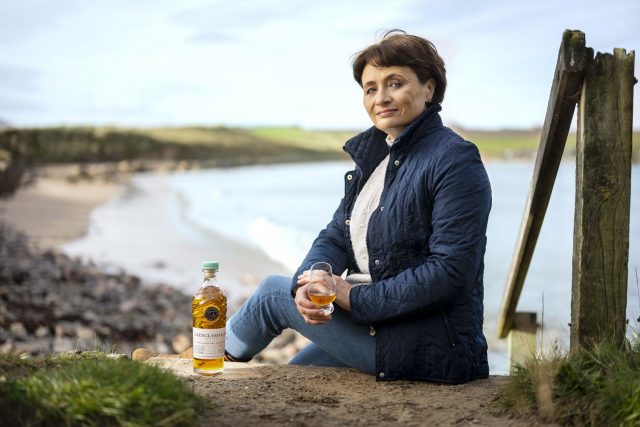
Rachel Barrie, de profundis
Even after all these years, Rachel Barrie still finds inspiration. As she confided, her travels around the globe — from cities and vineyards to tasting rooms across Asia, Latin America, and beyond — continue to spark new ideas for future projects. If there’s a “holy grail” she hasn’t reached yet, it likely lies in the ongoing exploration of new flavour directions and in continuing the art of blending as a lifelong journey.
Toward the end of our conversation, I asked her what she likes to drink when she’s not drinking whisky. Without hesitation, she said she enjoys variety — whether it’s a Gin Mare Capri in Spain or an Old Fashioned with Woodford Reserve in Kentucky, her two favorite non-whisky drinks. The same principle, she added, applies to cooking and to life in general. She summed it up with the familiar French phrase joie de vivre — a joyful embrace of everyday pleasures, which in turn fuels her creativity.
On whisky as investment vs. experience
Naturally, I couldn’t resist asking her thoughts on whisky’s current trend as an investment — auctioned off, locked away in rare collections, or viewed as high-margin assets. Her response was crystal clear: “Scotch whisky is meant to be drunk — now more than ever.”
While she acknowledges that a tiny portion of production is released as rare and expensive bottlings, she emphasized that this represents only about 0.5% of the total output. The vast majority, she insists, is crafted to be opened, shared, and enjoyed. She sees proof of this in the growing popularity of whisky clubs, the rise of limited editions that are poured among friends, and the exceptional quality of core ranges available across brands. With a smile, she added, “I’m sure that’s also true in Greece.”



